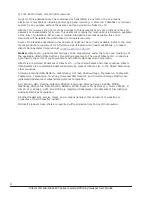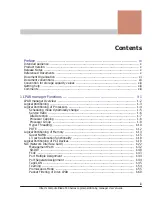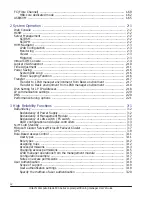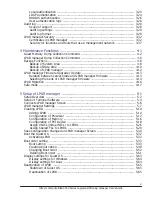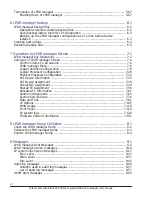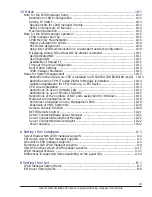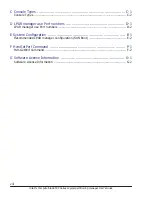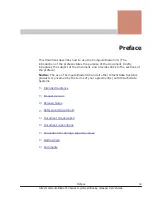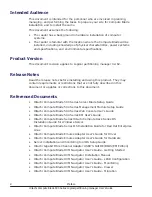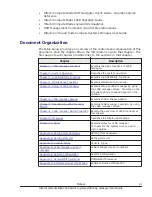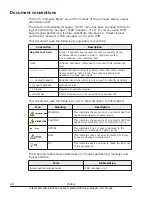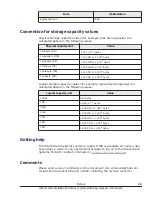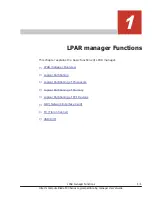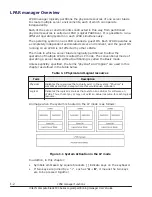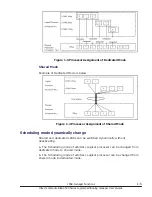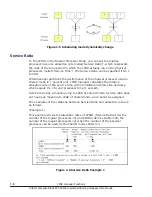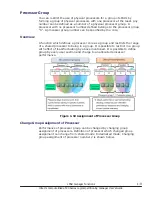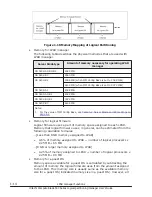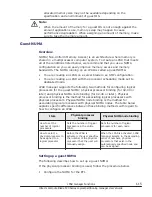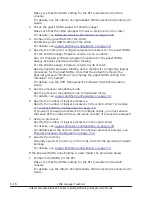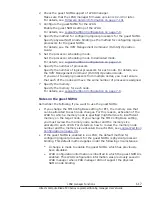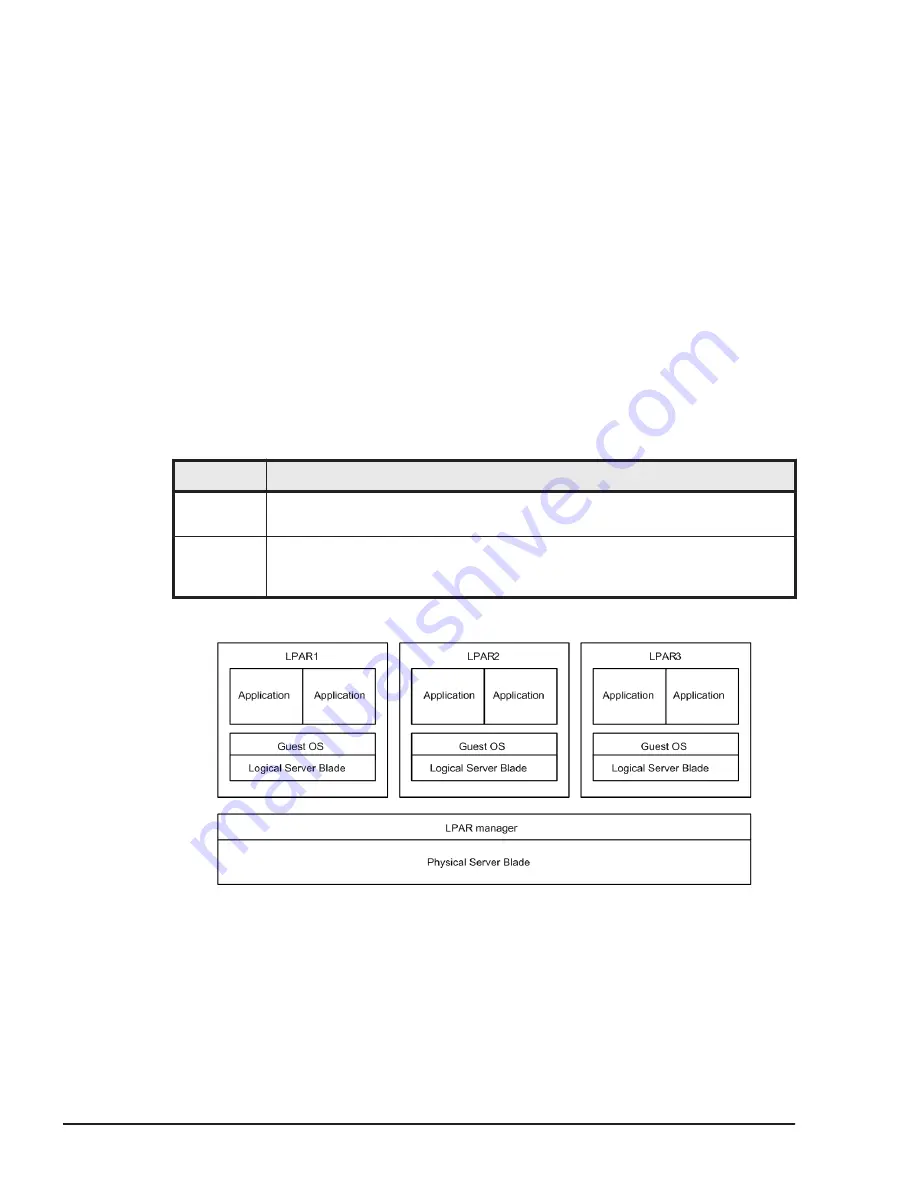
LPAR manager Overview
LPAR manager logically partitions the physical resources of one server blade
to create multiple server environments, each of which can operate
independently.
Each of the server environments constructed in this way from partitioned
physical resources is called an LPAR (Logical PARtition). It is possible to run a
different operating system on each LPAR simultaneously.
The operating system on an LPAR is called a guest OS. Each LPAR operates as
a completely independent and isolated server environment, and the guest OS
running on an LPAR is not affected by other LPARs.
The mode in which a server blade is logically partitioned to allow the
operation of multiple LPARs is called the LP mode. The conventional mode of
operating a server blade without partitioning is called the Basic mode.
Unless explicitly specified, the terms "physical" and "logical" are used in this
chapter as defined in the table below.
Table 1-1 Physical and Logical resources
Term
Description
Physical
Indicates the resources that actually exist in the system. "Physical" is
sometimes omitted, except where this would cause confusion.
Logical
Indicates the logical resources that exist on an LPAR or for software on
LPARs. Thus, there may or may not exist an actual resource for each logical
resource.
An image when the system is booted in the LP mode is as follows:
Figure 1-1 System Activation in the LP mode
In addition, in this chapter:
•
Symbols embraced by square brackets [ ] indicate keys on the keyboard.
•
If two keys are joined by a "+", such as "A + B", it means the two keys
are to be pressed together
1-2
LPAR manager Functions
Hitachi Compute Blade 500 Series Logical partitioning manager User's Guide

